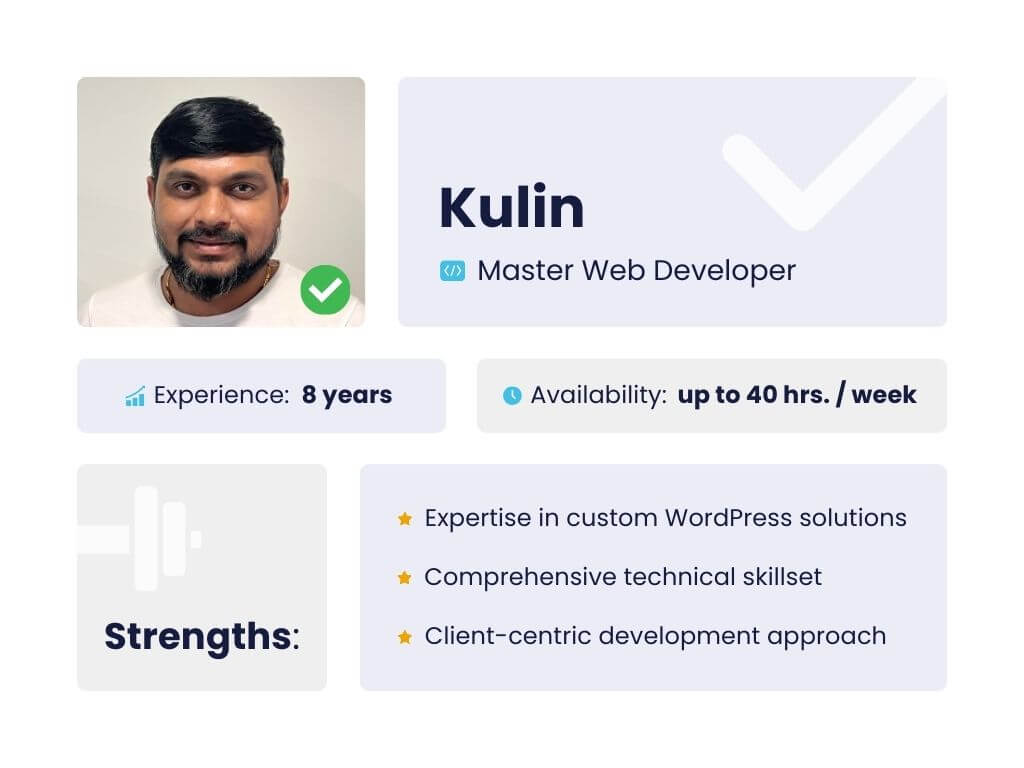In the evolving landscape of remote work, mastering asynchronous communication is crucial for productivity and collaboration.
Effective asynchronous communication enables team members to exchange information without needing to be online simultaneously, saving time and reducing interruptions.

Whether you’re coordinating project tasks or sharing feedback, these guidelines can help create a seamless communication flow.
Clear and concise messaging ensures your team stays informed and aligned, even across different time zones.
Implementing these strategies will enhance the efficiency of your remote team and foster a more flexible work environment.
Embrace the potential of asynchronous communication to make remote work more manageable and productive.
Understanding Asynchronous Communication
Asynchronous communication allows team members to communicate without needing to be present at the same time. This method is crucial in remote work environments to manage time zone differences and encourage productivity.
Differences Between Asynchronous and Synchronous Communication
Synchronous communication happens in real time, like meetings or phone calls.
Asynchronous communication, on the other hand, includes emails, Slack messages, or updates on Trello.
- Synchronous demands immediate response.
- Asynchronous allows responses at different times.
This flexibility is vital when team members are scattered across different time zones.
Benefits of Asynchronous Communication
Asynchronous communication enhances productivity by allowing team members to engage in deep work without interruptions.
- Emails and Slack messages can be checked at convenient times.
- It supports long-term projects via platforms like Trello.
- Team members work according to their time zones and personal schedules.
This method reduces the pressure to be constantly available, promoting a healthier work-life balance.
Challenges of Asynchronous Communication
However, there are challenges, such as miscommunication and delays in decision-making.
- Time zone differences can lead to longer wait times for responses.
- Information can be misunderstood without immediate clarification.
- Ensuring everyone is aligned on tasks may require additional effort.
Using clear, concise messages and regular updates on tools like Slack and Trello helps to mitigate these issues.
Strategies for Asynchronous Collaboration
Effective asynchronous collaboration hinges on well-defined communication expectations, the selection of appropriate tools, and the creation of a sustainable workflow that supports your team’s goals.
Each of these components ensures transparency and enhances remote collaboration.
Setting Communication Expectations
Clear communication expectations are vital for remote teams.
Establish guidelines on response times, preferred communication channels, and the frequency of updates.
For instance, specify that email responses should be within 24 hours, while project updates on platforms like Google Drive should occur weekly. Transparency in your communication strategy avoids misunderstandings and keeps everyone aligned. Document these expectations and share them with your team. Include details such as when to use instant messaging versus email and the preferred formats for status reports.
Regularly reviewing and updating these guidelines ensures they remain relevant to your evolving needs.
Choosing the Right Tools for Your Team
Selecting the right communication and collaboration tools is crucial for effective asynchronous work. Evaluate tools like Slack for instant messaging, Trello for project management, and Google Drive for shared documentation. Each tool should seamlessly integrate into your workflow and support your team’s specific needs.
Consider the team’s preferences and the company culture when choosing tools. If transparency is a key value, opt for tools that allow easy access to project updates and documentation. Regular feedback on the tools’ effectiveness can guide your decisions and ensure optimal performance.
Creating a Sustainable Workflow
A sustainable workflow incorporates planning, consistent documentation, and regular updates. Start by mapping out key processes and defining the steps each team member should follow. Use project management tools to assign tasks, set deadlines, and track progress. Encourage team members to document their work and share updates regularly. This could involve weekly progress reports or bi-weekly planning meetings.
A structured workflow not only maintains momentum but also fosters a culture of responsibility and collaboration, ensuring everyone is on the same page.
Best Practices for Communication and Productivity
Ensuring effective communication and maintaining productivity in remote work environments requires a balance of structured routines and clear guidelines.
This involves establishing frameworks for deep work, effective documentation, and efficient asynchronous meetings.
Incorporating Deep Work Sessions
Deep work sessions involve focused periods with minimal interruptions. Scheduling these sessions helps boost concentration and productivity. Harvard Business Review emphasizes the importance of setting specific times for these sessions and informing your team to avoid disturbances. A daily or weekly block dedicated to deep work facilitates higher-quality output and innovation. Use tools like time-tracking apps to monitor and refine these sessions.
Encourage your team to respect these periods to foster a culture of focus and efficiency.
Documenting and Sharing Information Effectively
Effective documentation is crucial. A well-maintained knowledge base reduces the need for constant clarification. Use collaborative tools like Google Docs or Notion for real-time updates and easy access. Ensure all important information is documented and shared timely. This includes status updates, project milestones, and feedback. Clear documentation supports better decision-making and streamlined training for your team members.
Regularly review and update the knowledge base to keep it relevant and actionable.
Prioritizing Employee Satisfaction and Well-being
For a thriving remote work environment, emphasize employee satisfaction and well-being. Address potential burnout by encouraging regular breaks and promoting a culture of focused work. Use asynchronous communication tools to allow flexibility in work schedules, helping employees manage their time better.
Implement regular check-ins to gauge employees’ mental and physical health and offer resources such as virtual wellness programs. Provide options for continuous learning and growth. This not only keeps employees engaged but also shows that you value their progress.
Fostering Personal Connections and Team Building
Personal connections are essential for a cohesive remote team. Organize virtual team-building activities to create bonds among team members. Schedule regular video calls dedicated to non-work topics to foster camaraderie.
Encourage casual interaction through dedicated channels on communication platforms. This helps maintain a company culture similar to in-person offices. Plan periodic in-person meetups, if feasible, to strengthen relationships that contribute to better asynchronous communication.
Continuously adapt team-building strategies to keep the team spirit alive and focused.
Evaluating and Evolving Your Asynchronous Approach
Regularly assessing and refining your asynchronous communication methods ensures they remain effective and align with your team’s needs.
Utilize feedback and data to optimize strategies and enable continuous improvement across your projects.
Using Feedback Loops to Improve Communication
Incorporating feedback loops into your communication plan allows you to gather insights on what’s working and what isn’t. Use tools like pulse surveys to regularly check in with the team. Encourage open, honest feedback and create a safe space for sharing.
Listening to your team can reveal pain points and improvements. Consider implementing feedback sessions during your project management meetings. Collaborate with tools such as Asana or Basecamp to organize feedback for easy access and action. Make feedback actionable by setting clear goals and timelines for implementing changes. Track progress and revisit the feedback to ensure continuous improvement.
Leveraging Data and Feedback for Strategic Planning
Analyzing data alongside feedback helps to make informed decisions for future communication strategies. Track metrics like response times, the volume of communication, and project turnaround times. Use project management tools like Asana or Basecamp to compile and review this data.
Identify trends and areas for improvement. Collaborate with your team to develop a strategic plan that addresses identified gaps and leverages strengths. Strategically planning based on data ensures your approach remains aligned with your goals. Regularly revisiting your strategy keeps it relevant.
Adapt and evolve your methods for sustained effectiveness in remote work.
Add a Quickly Hire freelancer to your asynchronous remote team

Quickly Hire freelancers excel in asynchronous communication, adeptly managing their tasks and delivering top-notch service autonomously. They operate efficiently, offering high-quality results at a fraction of the cost compared to full-time hires. Each freelancer is fully vetted and compliant with local and international tax and labor laws, ensuring seamless integration into your team. Consider hiring a Quickly Hire freelancer today for cost-effective, reliable, and expert support in your projects.

